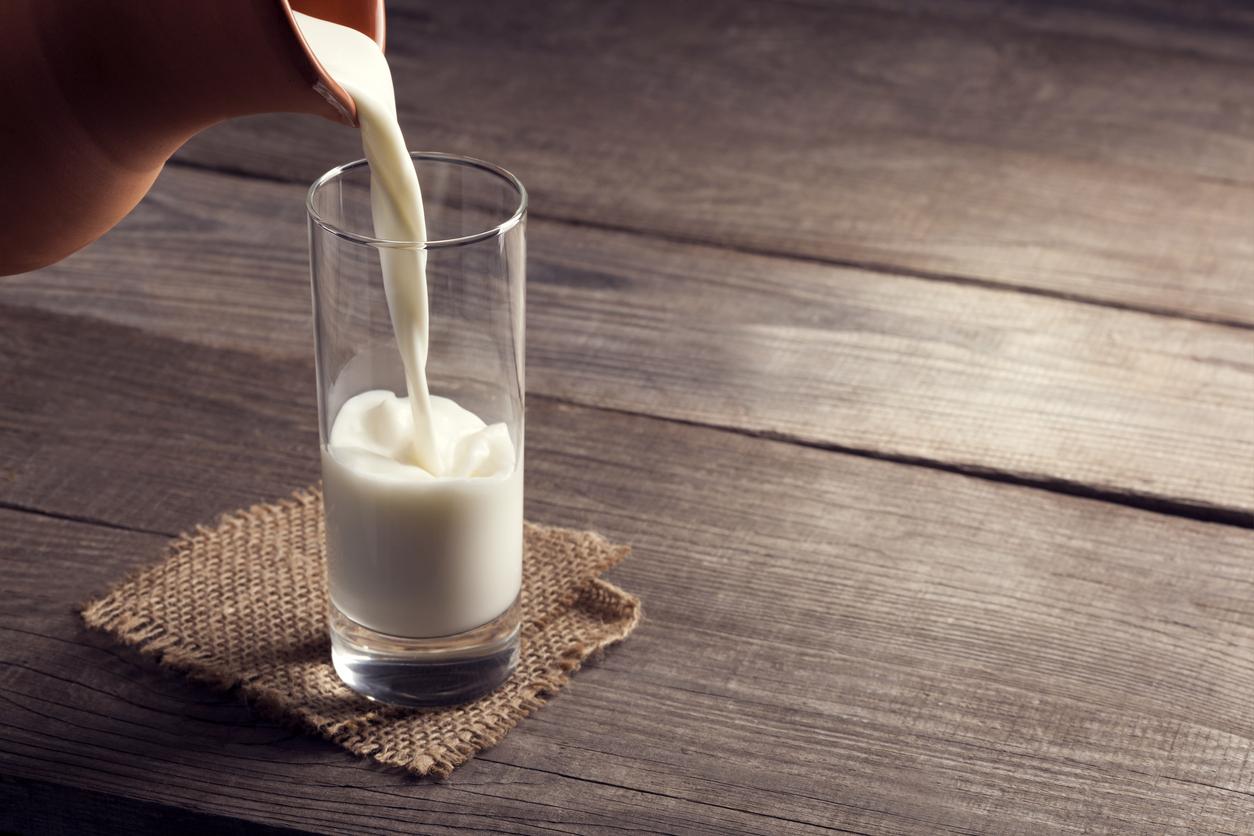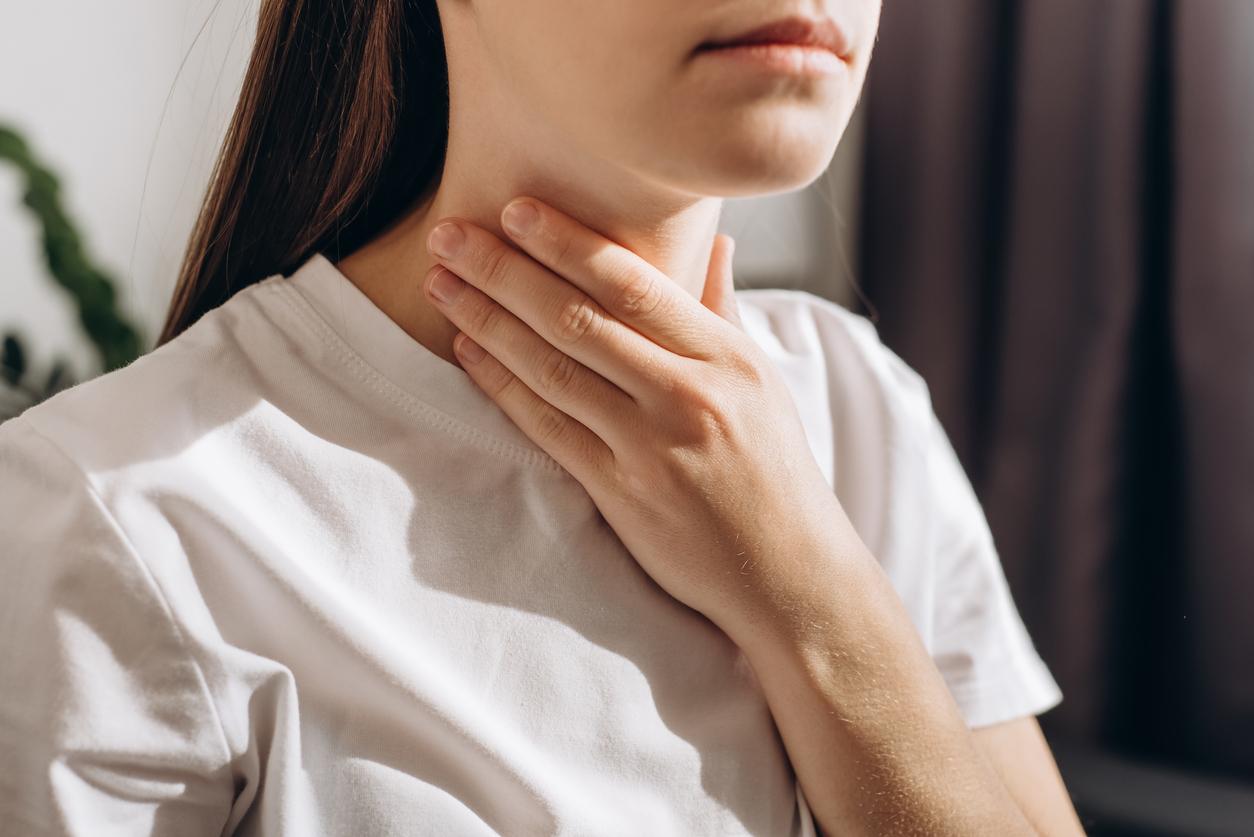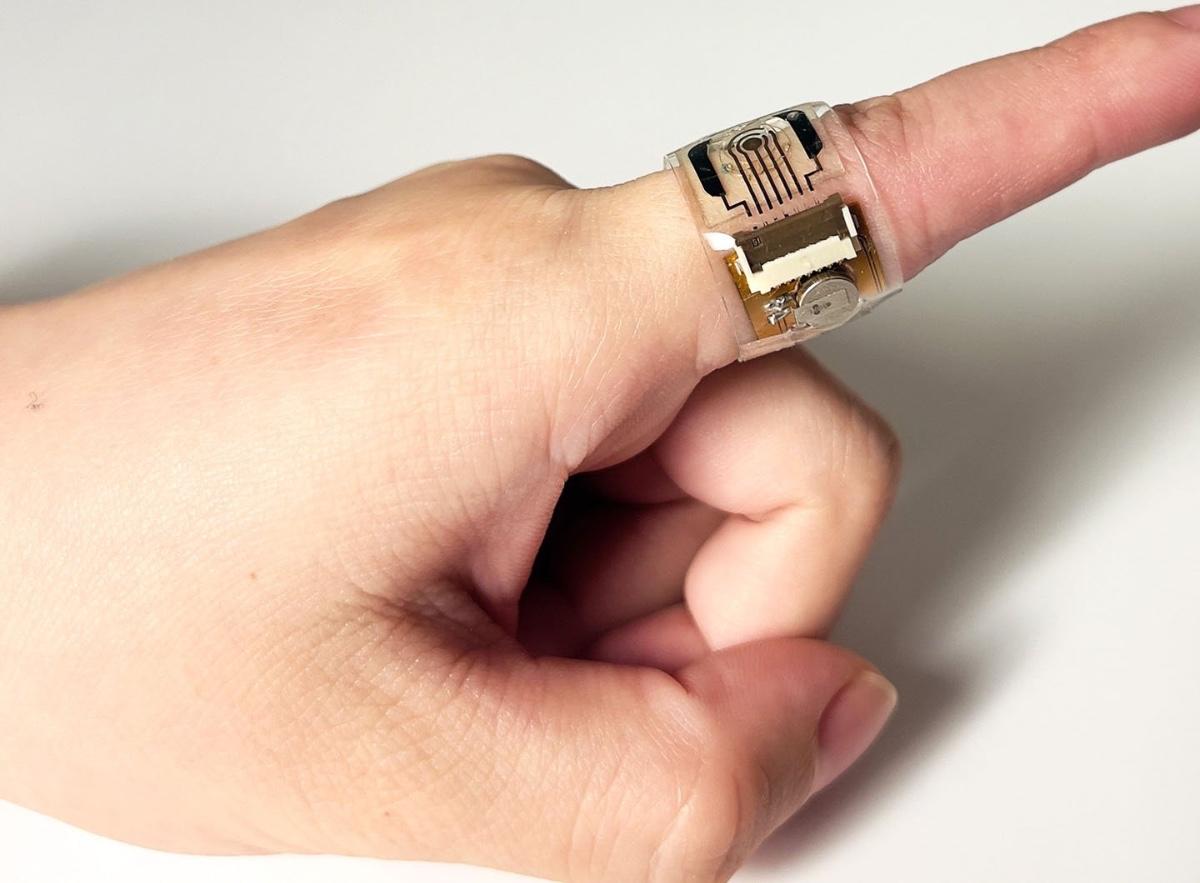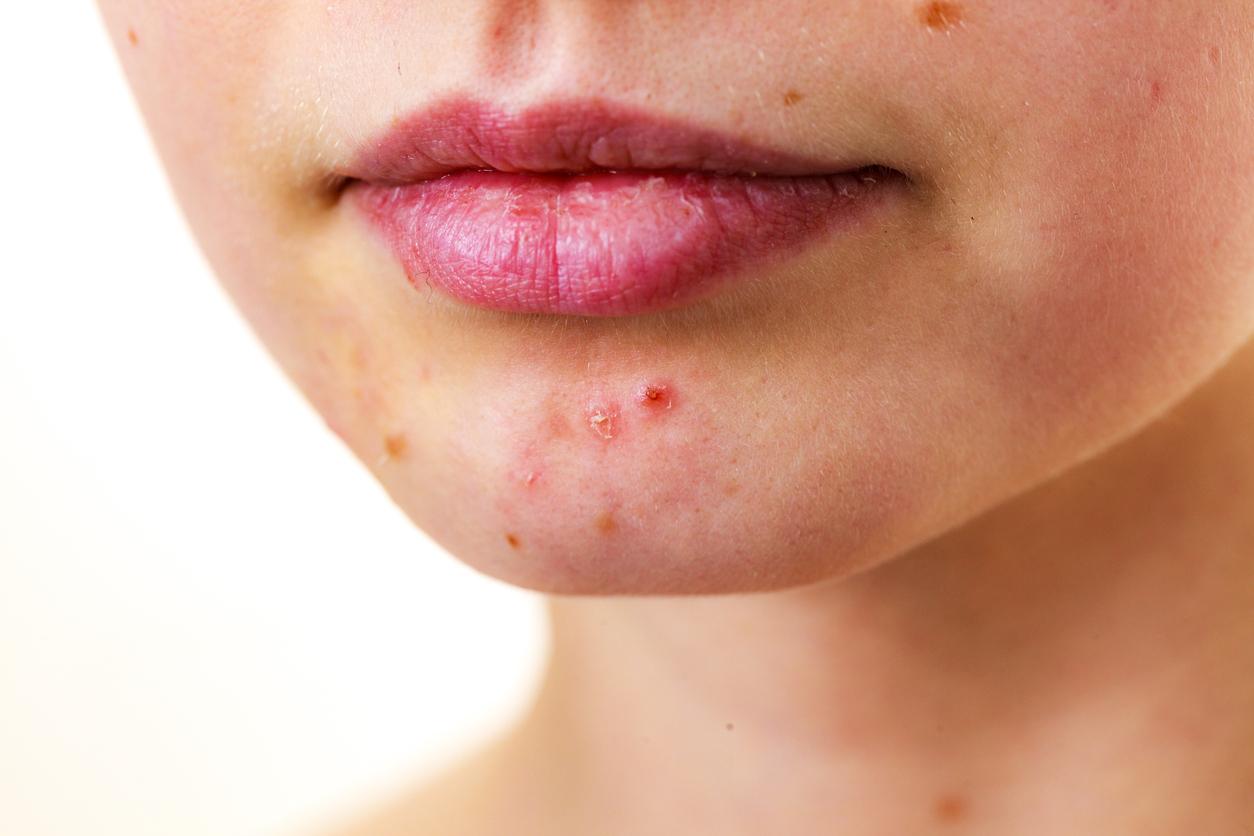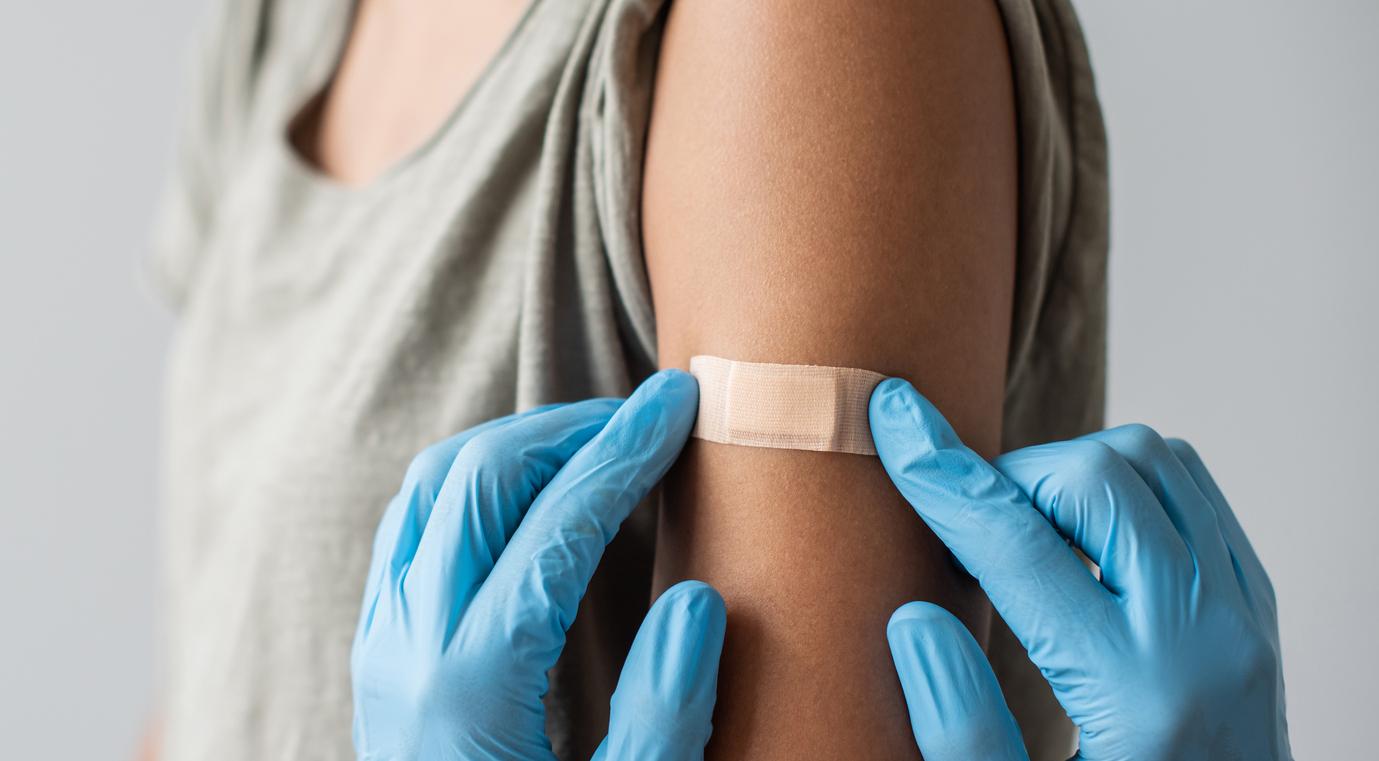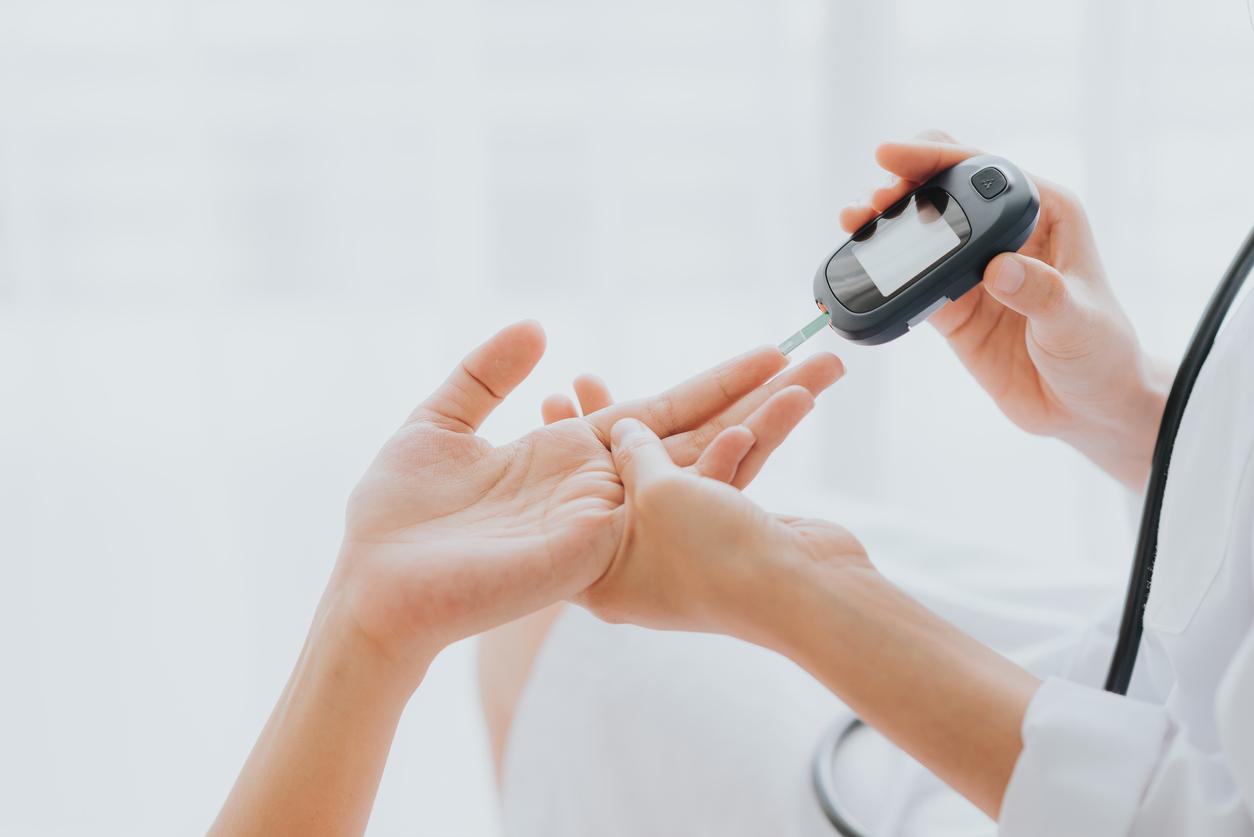A new approach to reduce abdominal fat has shown promise in animal trials. It combines drugs known to transform energy-storing white fat into energy-giving brown fat, but in local form.
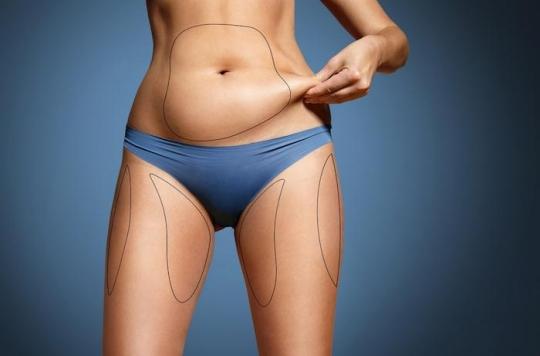
A new patch turns white static fat into brown fat, which can be burned. It presents a new way of delivering drugs, via a micro-needle patch.
This innovative approach developed by scientists at the Technological University of Singapore reduced weight gain in mice by more than 30% over four weeks. The new type of skin patch contains hundreds of microneedles, each thinner than a human hair, which are loaded with the beta-3 adrenergic receptor agonist or T3 thyroid hormone triiodothyronine.
From mouse to man
With the microneedles embedded in the skin of the mice, the surrounding fat began to turn brown within five days, which helped increase energy expenditure. The treated mice also had significantly lower blood cholesterol and fatty acid levels than the untreated mice. The advantage is that the products are only delivered locally because they are a source of systemic complications.
“What we are looking to develop is a painless, discreet, affordable and usable patch for everyone,” says Professor Chen, an expert in obesity. These data could encourage phase I clinical studies in humans in the hope that these microneedle patches may become an effective and cost-effective modality for the prevention or treatment of obesity.
The team estimates their prototype patch has a hardware cost of around US $ 3.50.
.







